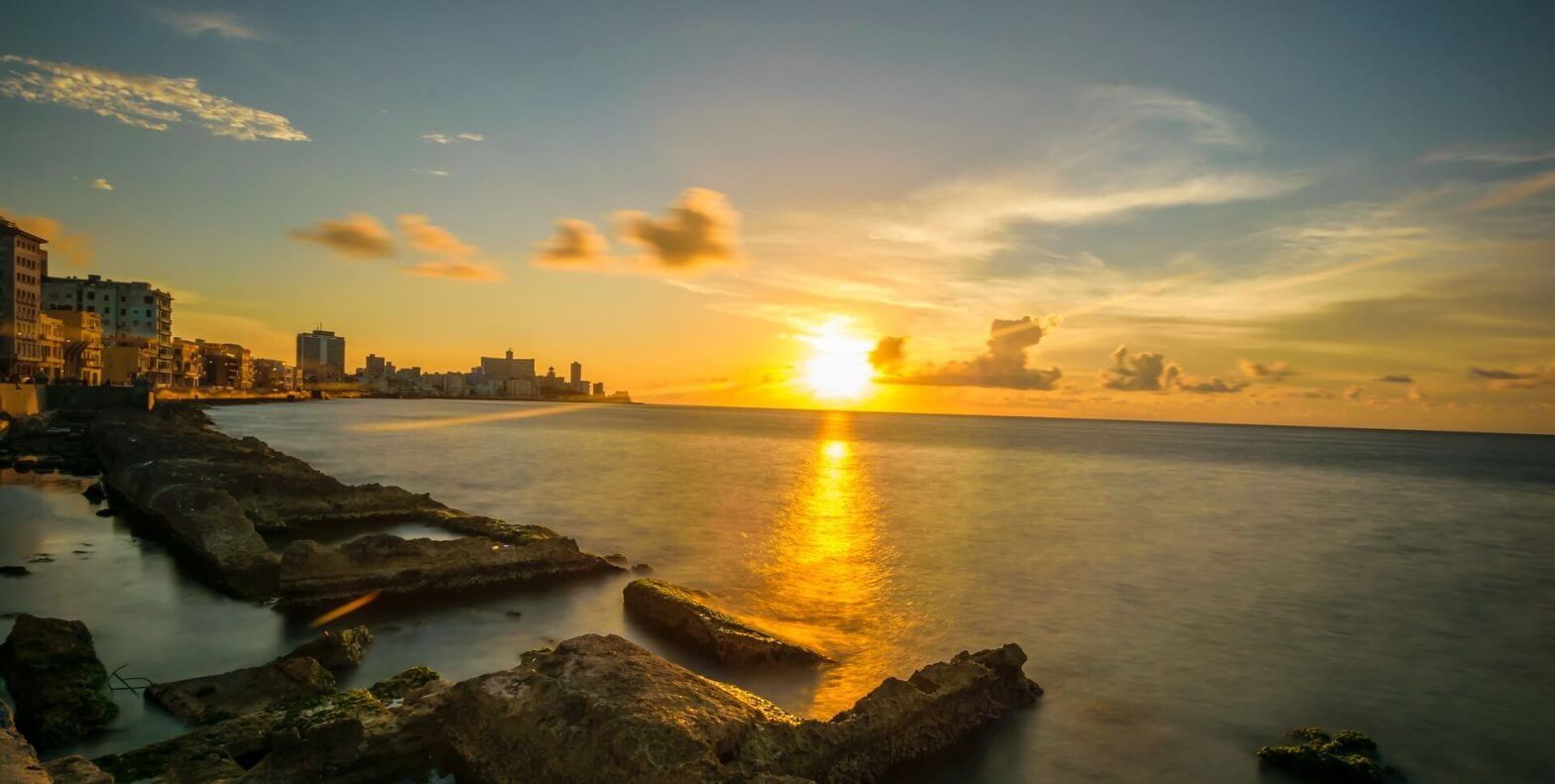If there’s one thing our experts agree on, it’s that the death of authentic Havana has been greatly exaggerated. While it’s true that Cuba is now receiving more tourists than ever before in its modern history, Havana remains as paradoxical and alluring as ever. It still somehow has a gracefulness of its own, even while the whole crumbling city feels like it’s being held together with duct tape, string and pure improvised ingenuity. It’s the kind of place where the best laid plans fall to the wayside – maybe because nothing quite works properly, or maybe it’s the Caribbean heat. Maybe it’s because it’s just too easy to kick back, dip a cigar in some honey and soak up the vibes through a cloud of pungent tobacco smoke. Whatever the reason, Havana’s lethargic charm is irresistibly seductive, but that doesn’t mean you shouldn’t at least try to see a few sights between those ice cold mojitos.
This year, more than 20 attractions around Havana received our Experts’ Choice Award. The full list of winners is available at our Havana destination page; or, read on to find out about some of our experts’ favorite sights around the city.
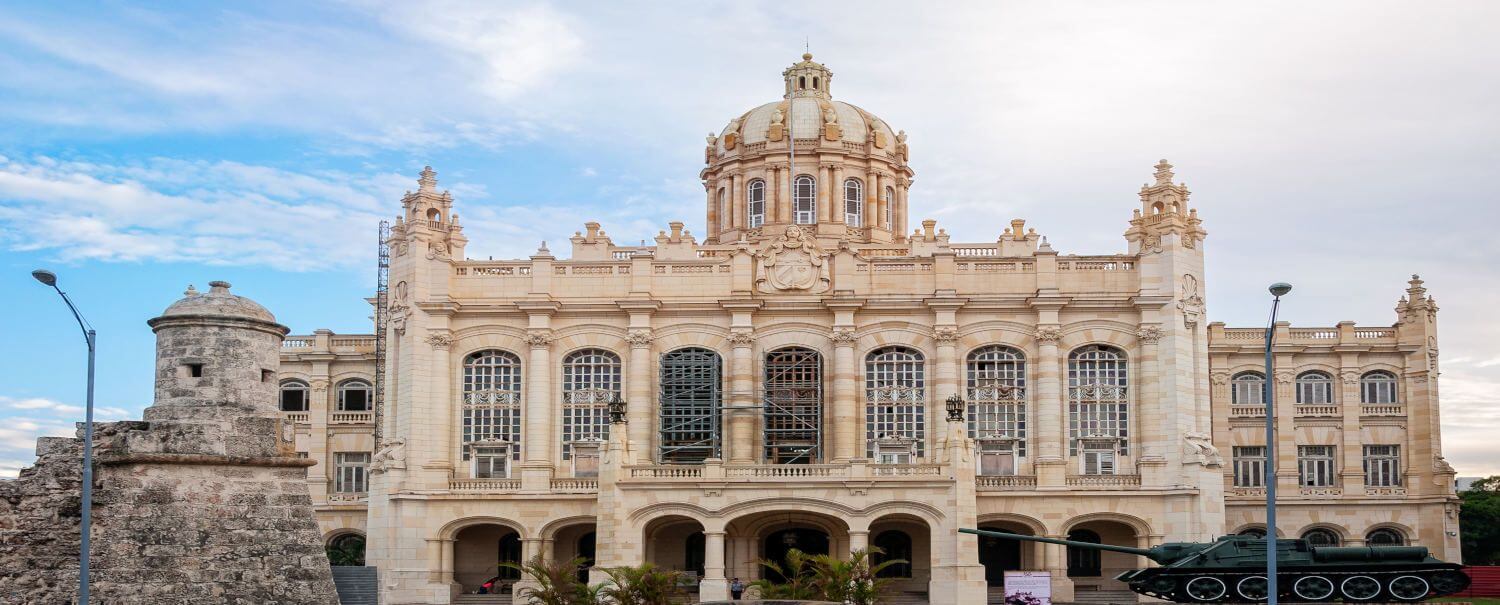
Museum of the Revolution
Come for the missiles, stay for the ungainly yet endearing efforts to meticulously detail the minutiae of Cuba’s revolution. Havana’s Museum of the Revolution lures in visitors with its open-air exhibition of military aircraft, tanks and a surface-to-air missile system that proudly sits in street view. Behind the boisterous display of military hardware, visitors are treated to a fascinating, albeit eclectic mix of relics from the revolutionary period. Gawk at Fidel’s sweat-stained, half-century-old combat fatigues, or check out the tin spoon that supposedly saved one rebel’s life from a stray bullet. Sure, you might overdose on patriotic kitsch, but along the way you’ll get a crash-course in the Cuban perspective of the revolution, Cold War and beyond.
Unfortunately, you can only get the most out of this museum if you already have both a working knowledge of Cuban history and some basic Spanish up your sleeve. Moreover, at the time of writing, some exhibition rooms were temporarily closed for partial renovations. Even at the best of times though, this museum can still feel like an makeshift affair thanks to the counter-intuitive layout and the fact that some of the exhibitions look about as tired as Fidel’s aforementioned fatigues. Having said that, there’s something irresistibly delightful about the awkward juxtaposition of dusty militaristic bits and bobs being housed in what was once Havana’s most effete residence. The Museum of the Revolution is located in the former presidential palace, which in its heyday served as the home of notorious dictator Fulgencio Batista. The interior was originally decorated by Tiffany’s of New York, and behind the revolutionary sloganeering, the structure itself still oozes with the dilapidated decadence of a distant past.
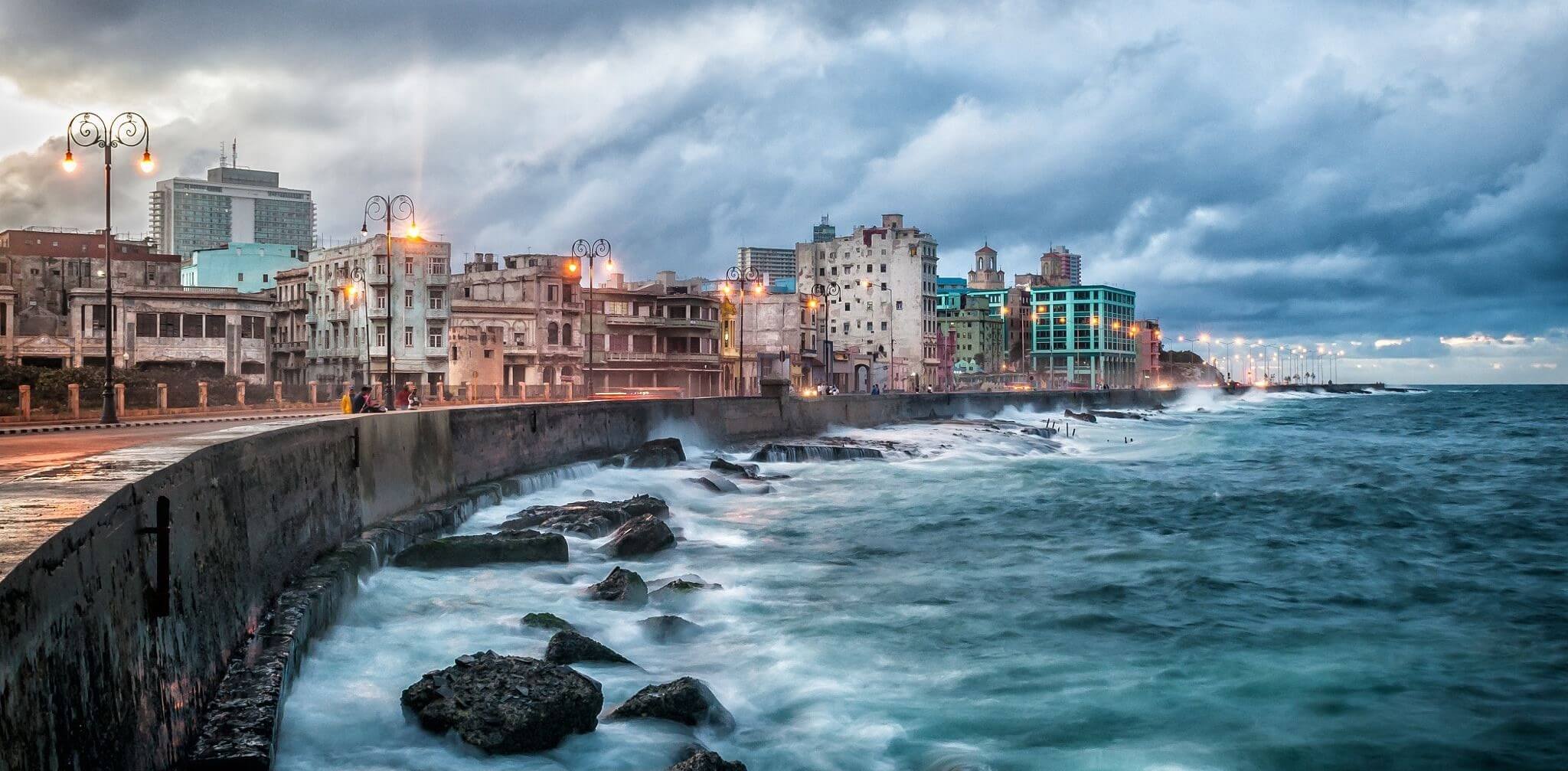
Malecon
“The worlds longest sofa,” as its sometimes affectionately labeled by locals, the Malecon is more than just a nice spot to catch one of Havana’s glorious gold-crimson sunsets. This 7km stretch of waterfront has long been beloved by Habaneros as a place to kick back after work and catch up on local gossip. Constructed in 1902, the Malecon used to be the gaudy seaward face of a city dedicated to debauchery and diversion. Throughout the high-rolling years of the early 20th Century, the Malecon greeted thirsty North American cruise-goers fleeing prohibition with a colorful flank of hotels and casinos to one side, and azure Caribbean waters to the other.
Nowadays, the Malecon is sure showing its age. The Neo-Classical architectural wonders that line the waterfront are crumbling into the sea, while every year the waves seem to crash just a little bit harder against the buckling sea wall. Needless to say, it’s hard to find a more dramatic backdrop for an afternoon stroll, though it’s the locals themselves who make the Malecon a joy to visit. Come on a weekend or after work hours, and you’ll find lovers huddled between fishermen, and children playing in the spray. Be warned though, the waves hit hard here, and a step too close to the water’s edge might leave you soaked from head to toe.
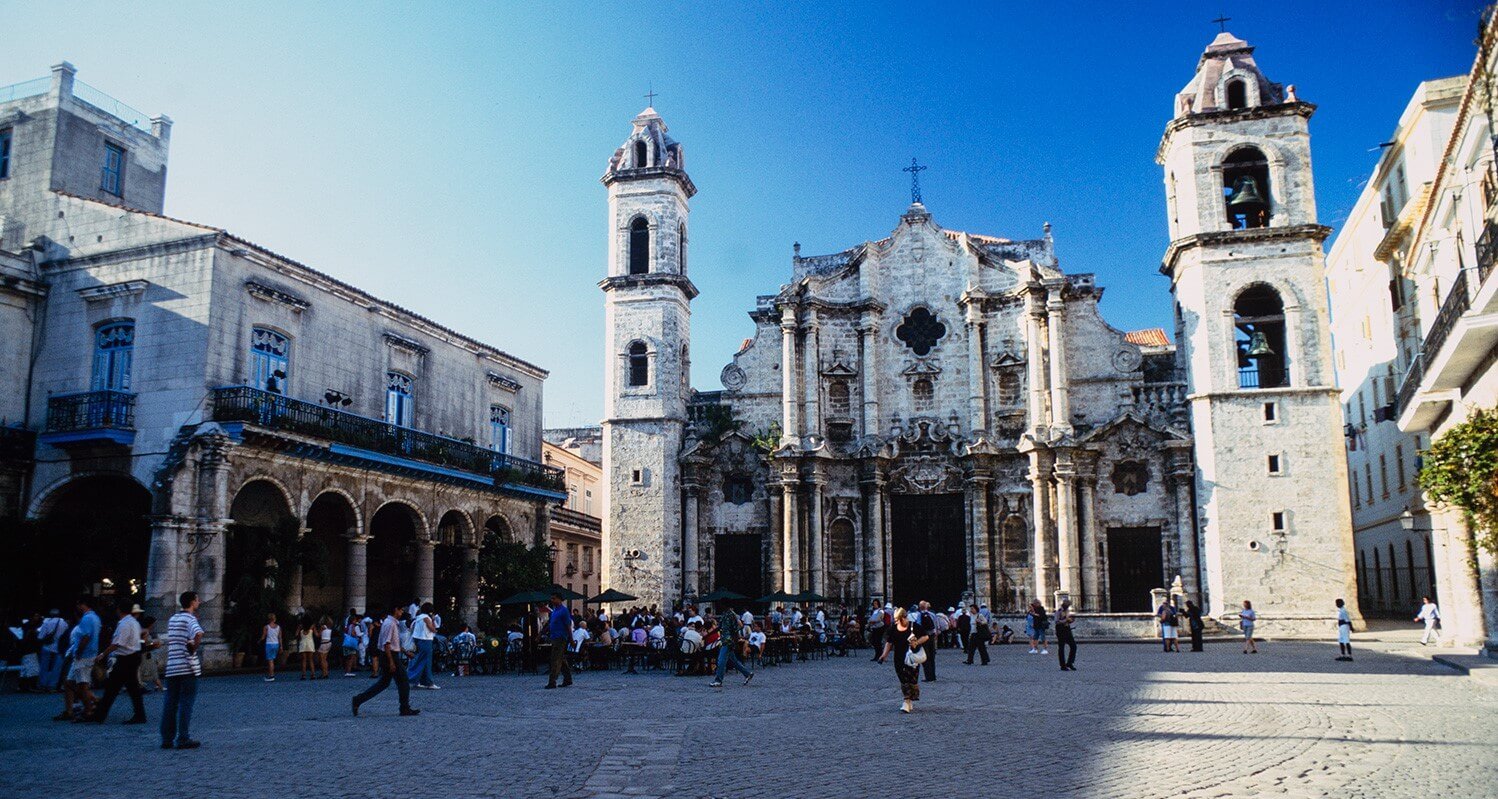
Plaza de la Catedral
Havana is best enjoyed on foot, with the old town lending itself well to aimless wandering. However, there’s only really one place where you should start your ramble: the historic Plaza de la Catedral. Sprawling in the shadow of the 18th Century Havana Cathedral, this airy plaza is home to some of the city’s best preserved Baroque architecture. Many of the buildings around here have been painstakingly refurbished after decades of neglect, and today house a mix of museums and restaurants. Among the most worthwhile is the Casa de Lombillo, which is found on the eastern edge of the plaza and hosts a constantly changing mix of art exhibitions. On the opposite side of the plaza to the north west, the Casa de los Marqueses de Aguas Claras is also worth a peek for its pleasant interior courtyard and onsite Restaurant Paris.
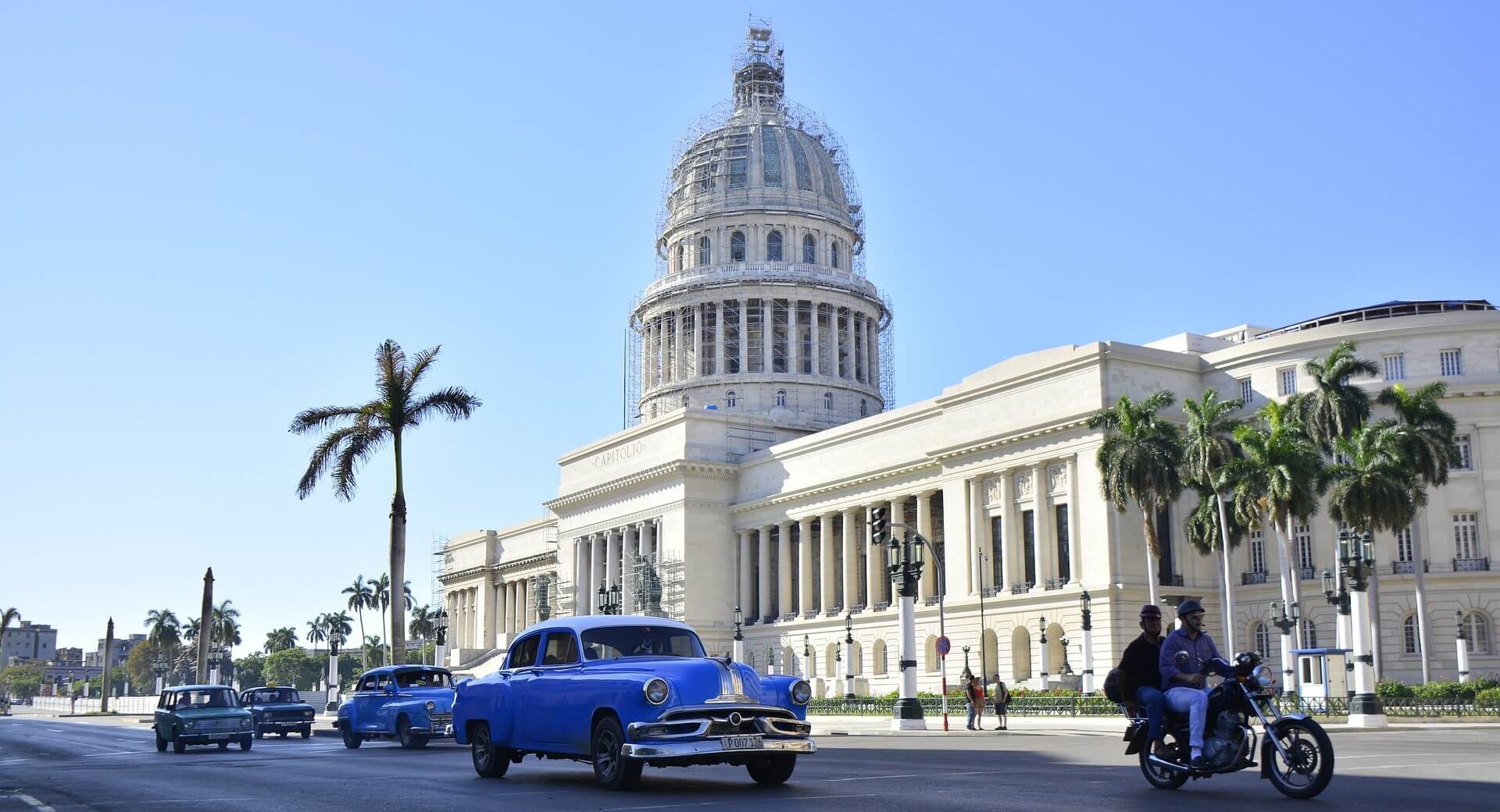
El Capitolio
During the interwar period of the early 20th Century, Cuba was flush with cash. While Europe was still recovering from World War I, Havana was riding historically high sugar prices and then-president Gerardo Machado was eager to splurge on something big. The caudillo had over 5000 laborers work for three years to construct a building that would not only serve as an edifice for Machado’s congress, but would also be a testament to the island nation’s sweet years of sugary riches.
The result was the Capitolio, a Neo-Classical marvel that looks suspiciously similar to the United States Capitol in Washington, D.C. Don’t tell that to Cubans though, as generations of the island’s architects have maintained that any resemblance is purely coincidental. Another interesting coincidence is the fact that Havana’s Capitolio just happens to be a meter wider, longer and higher than its counterpart in Washington. Not only that, but until the 1950s the Capitolio was Havana’s tallest building.
After congress was abolished during the revolution, the Capitolio fell into a state of disrepair. However, in 2013 the building was revived to house the National Assembly, and today the newly renovated Capitolio is as grand as ever. Tours are available for a peso or two, or just find a comfortable place to sit on the steps outside for a spot of people watching.
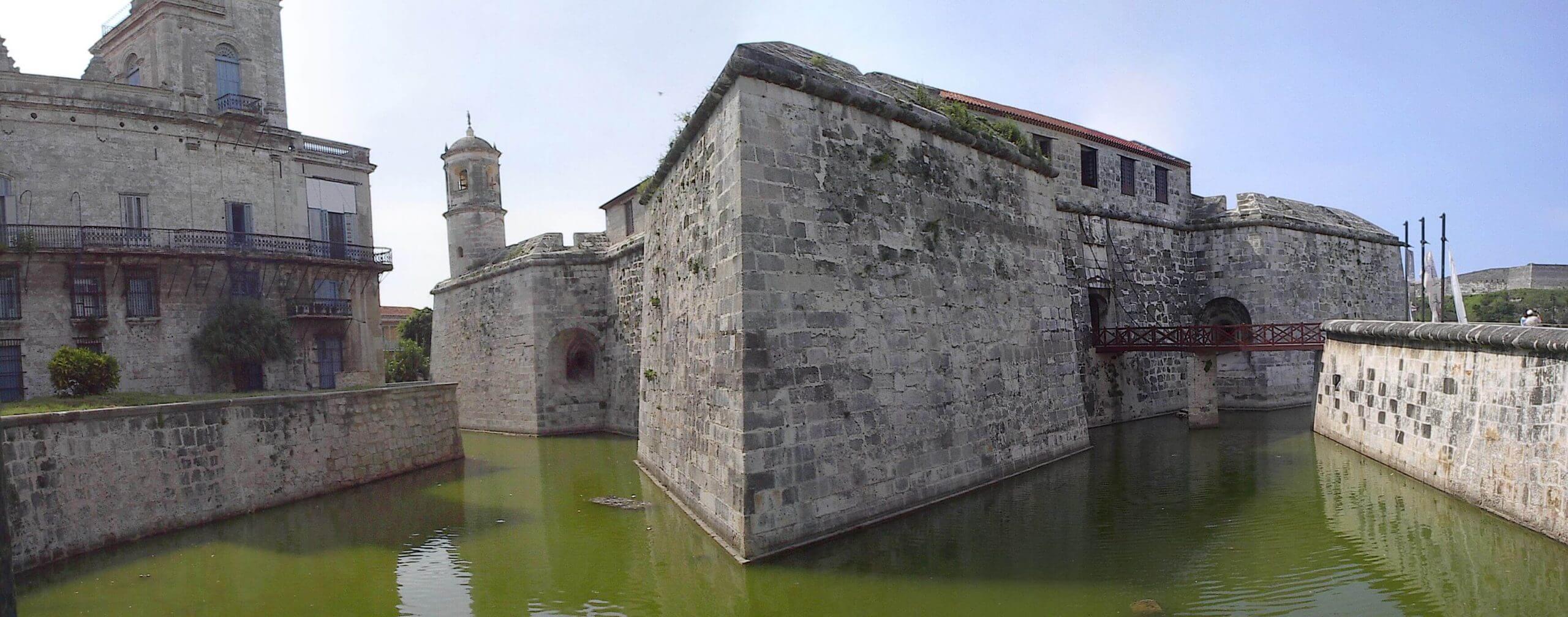
Castillo de la Real Fuerza
The oldest surviving stone fort in the Americas, the Castillo de la Real Fuerza is a symbol of Havana. Visible from the Malecon, the fort was originally built in the 16th Century to protect the port from pirates. Construction began just a few years after Havana was sacked by French privateer Jacques de Sores, but in their haste the Spanish colonial authorities made some serious strategic blunders. For one, the Castillo was too far from the mouth of Havana’s harbor to effectively repel privateers. In a curious twist of fate, the Castillo is today full of pirates, though they’re all located behind the glass display cases of the on-site maritime-themed museum.
Napoleonic Museum
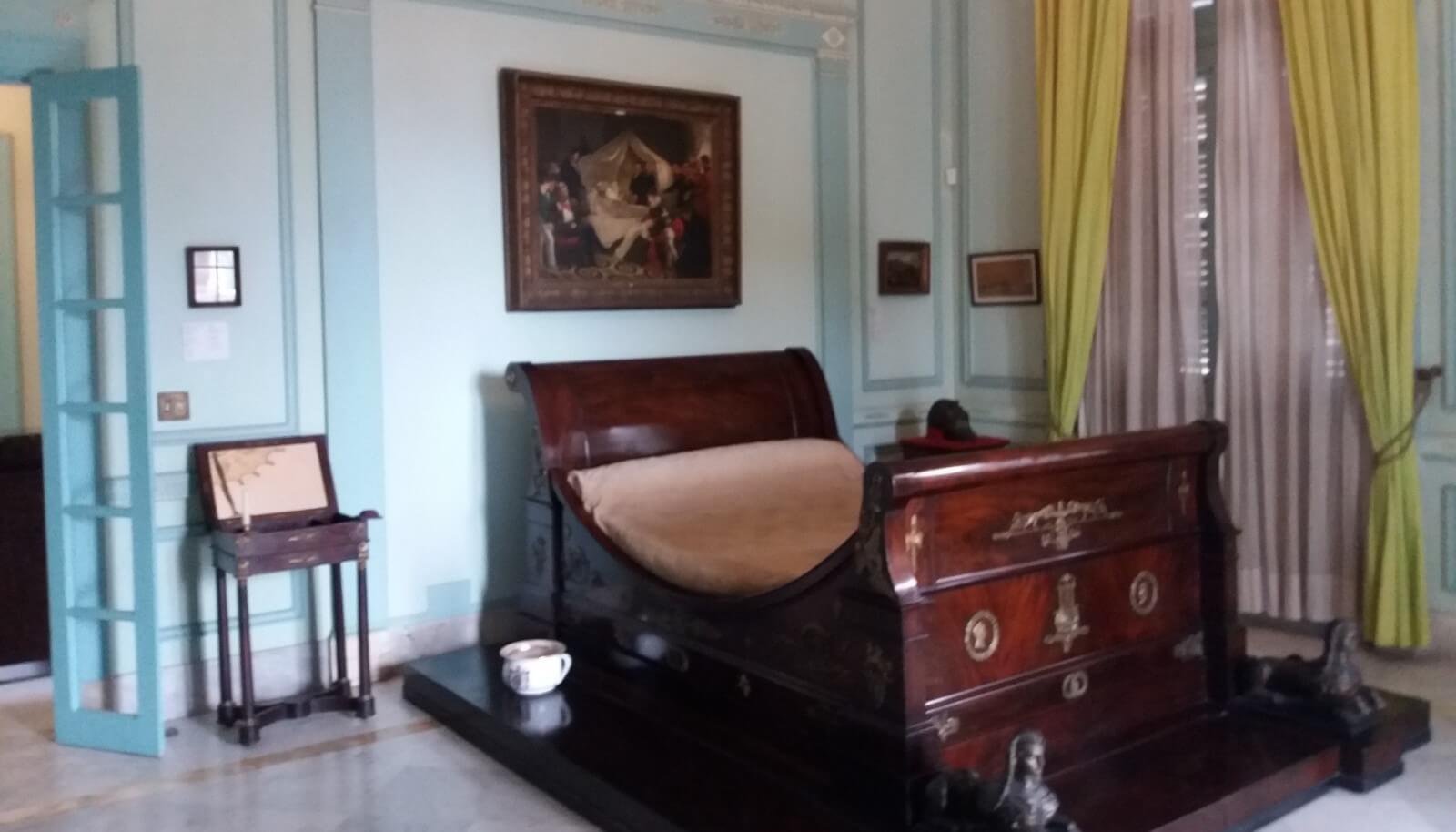
Napoleonic Museum
Here’s an odd question: what do Cuba and Napoleon Bonaparte have to do with one another? The answer: basically nothing, but for some reason Havana is home to one of the world’s most impressive collections of Napoleon-related artifacts. The Museo Napoleonico hosts over 7000 items from the French emperor’s life, including one of his iconic bicorne hats. Another must-see is the bronze death mask – one of just a handful made by Napoleon’s personal physician just days after his death. Also, don’t forget to check out the view from the museum’s fourth floor terrace.
